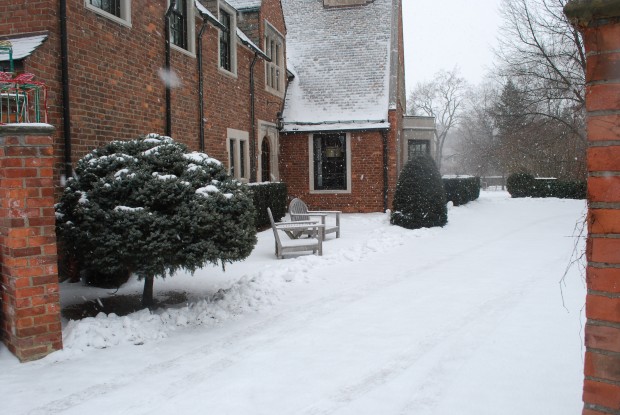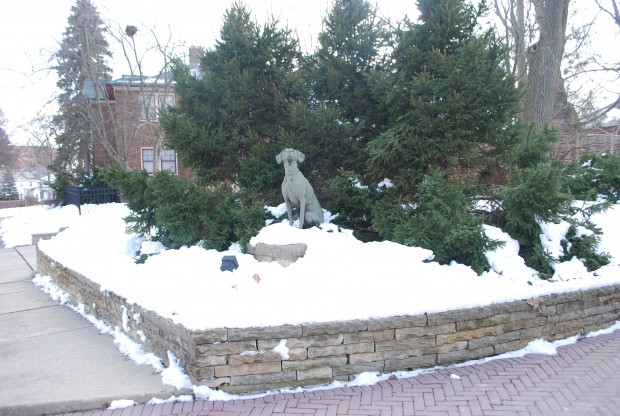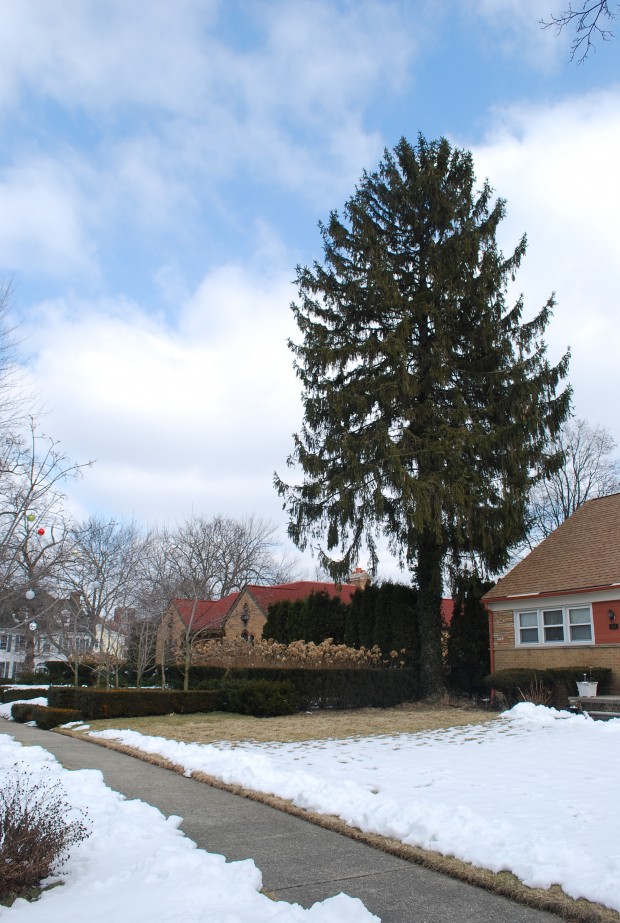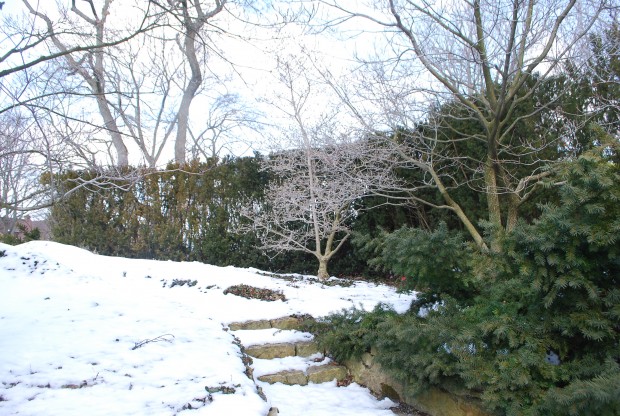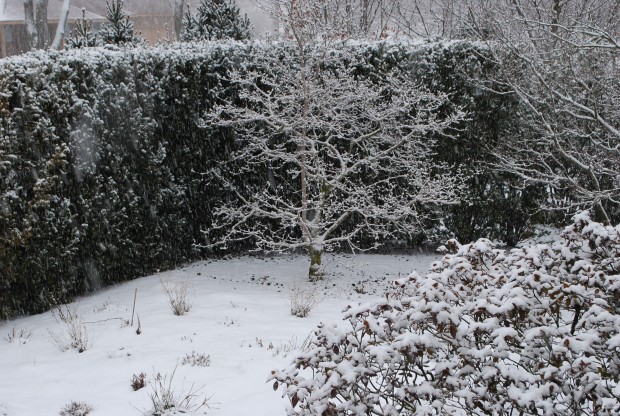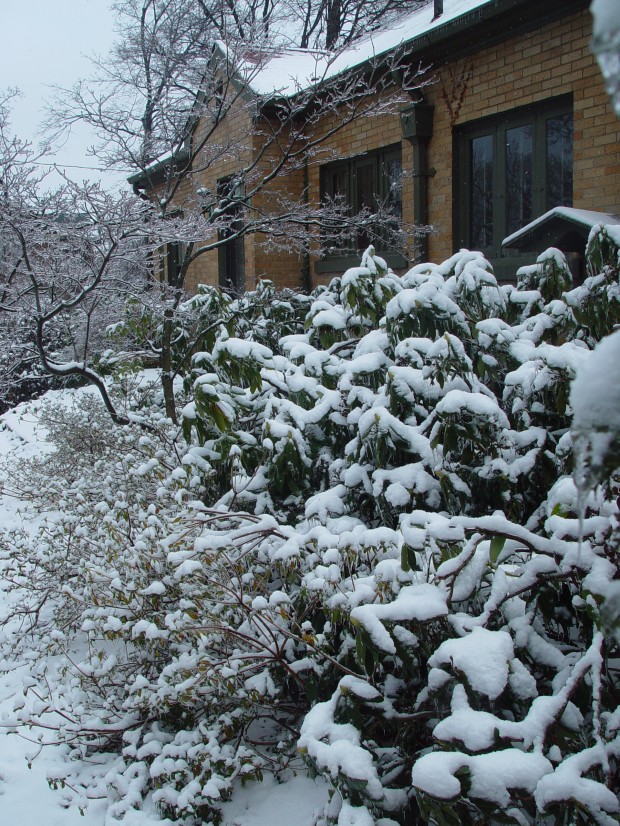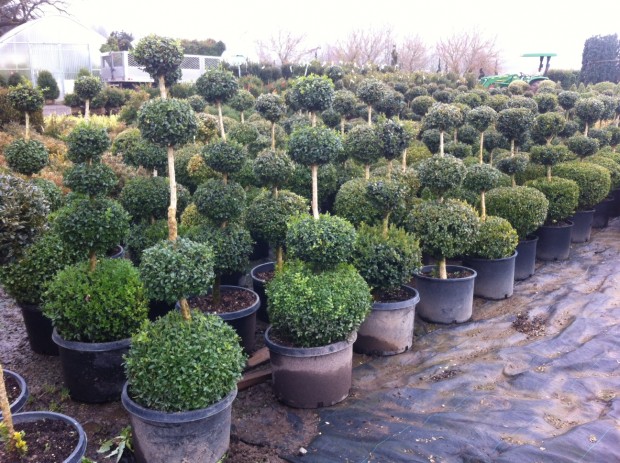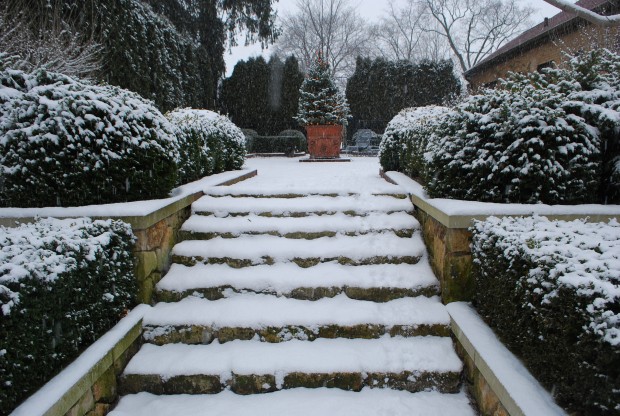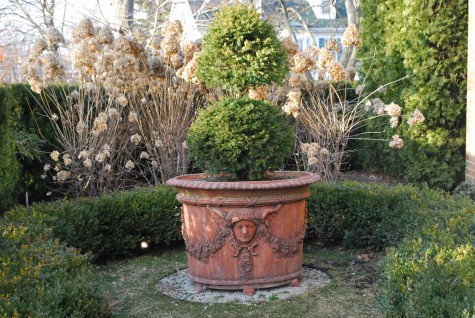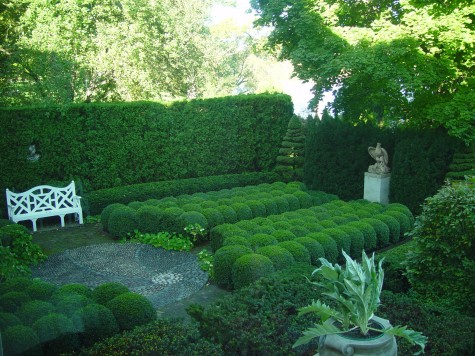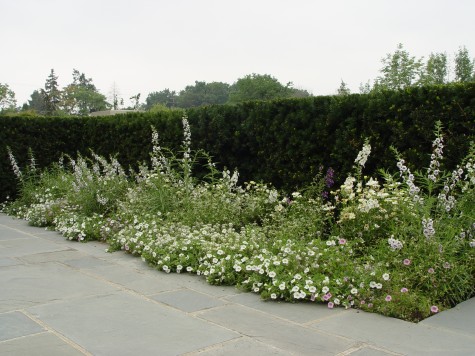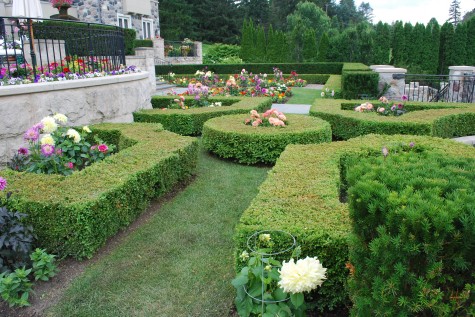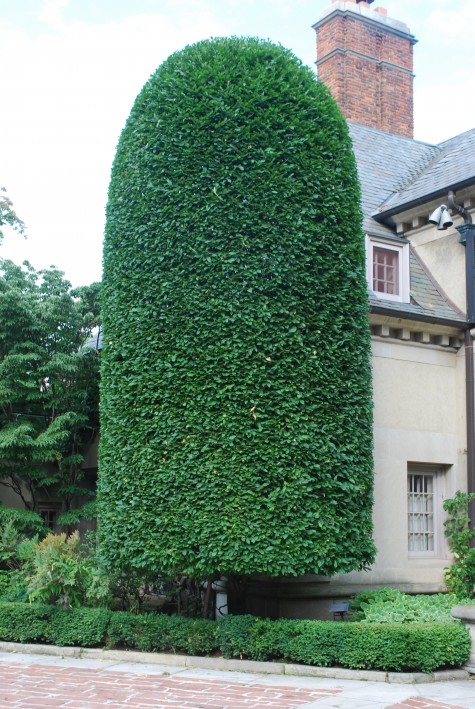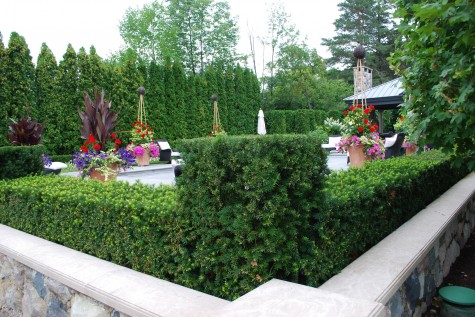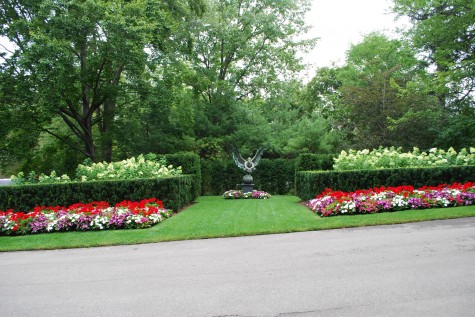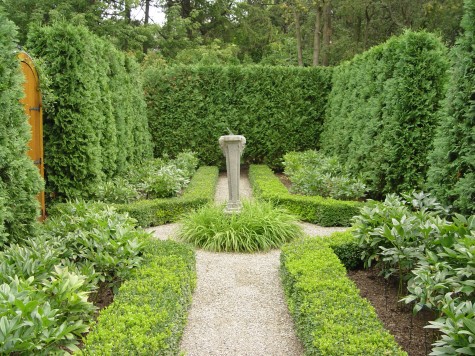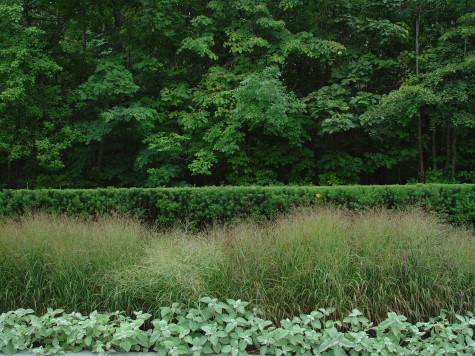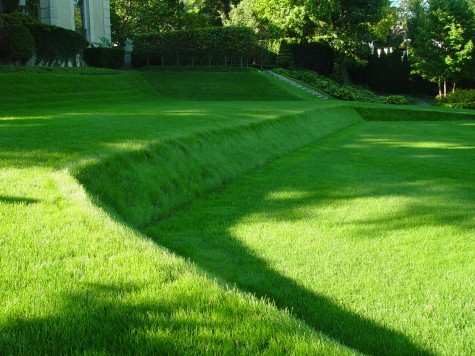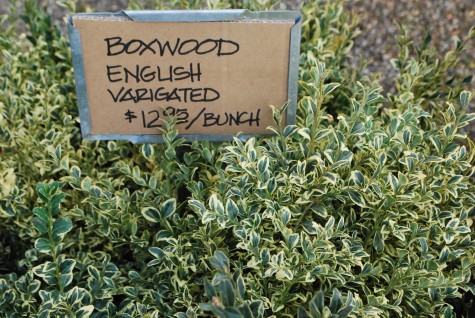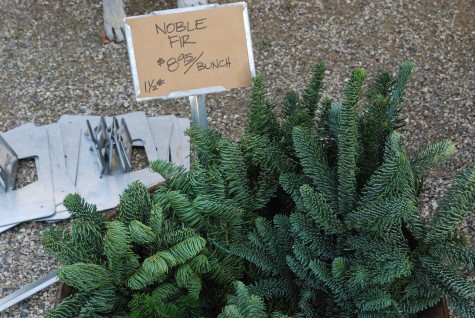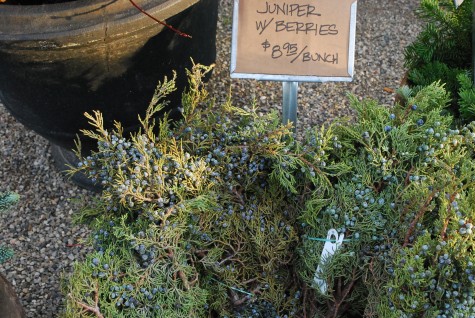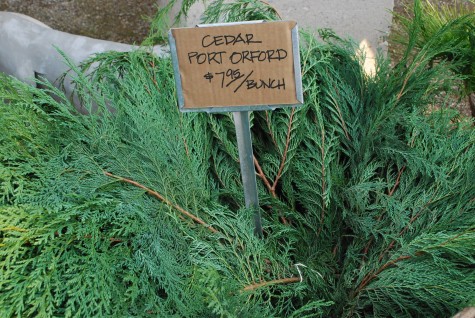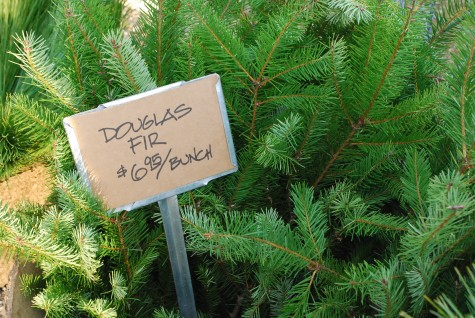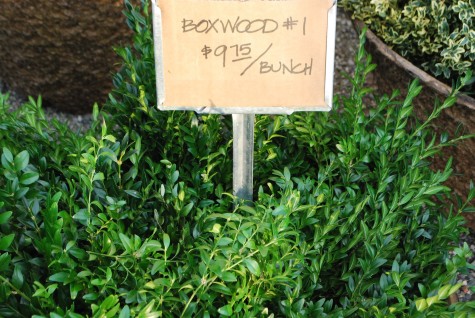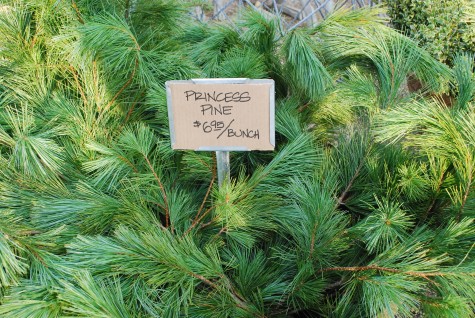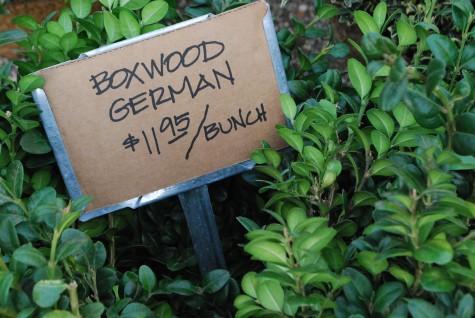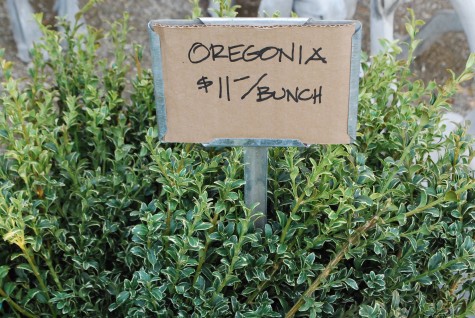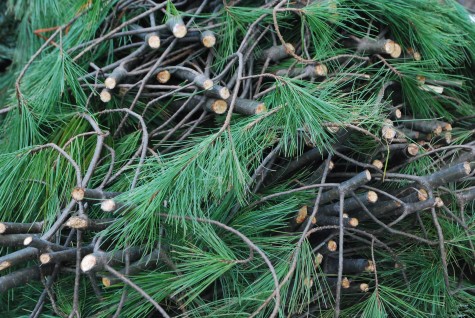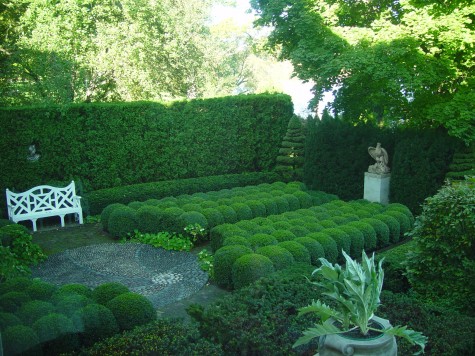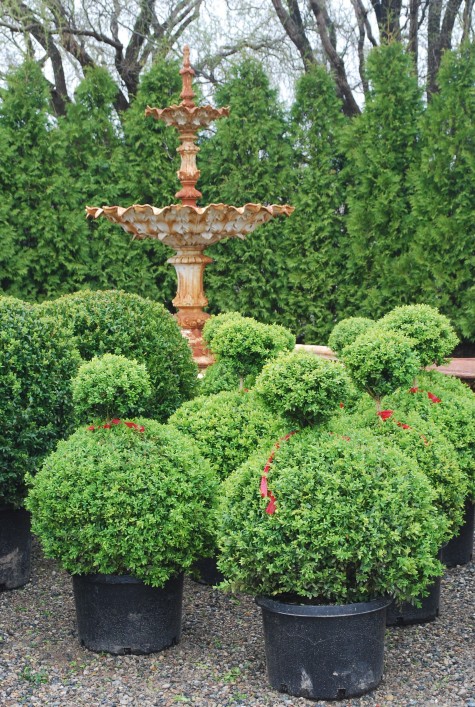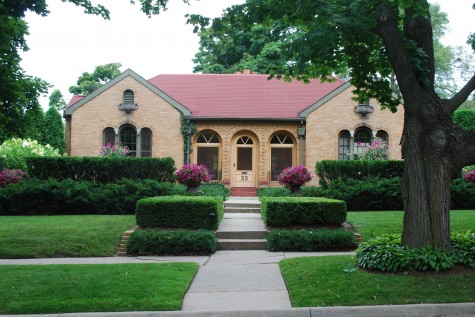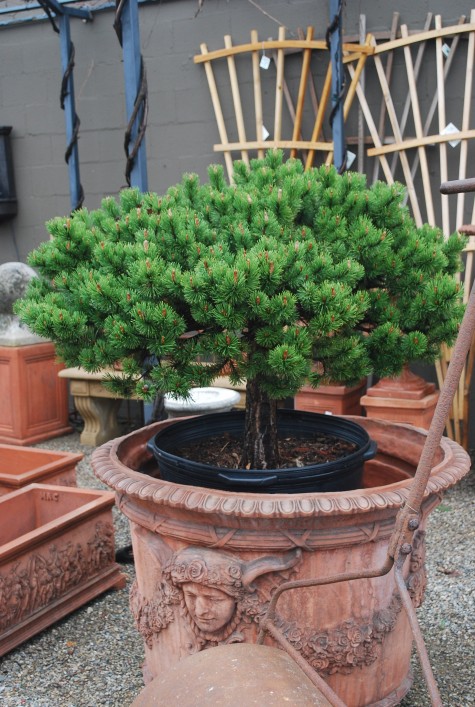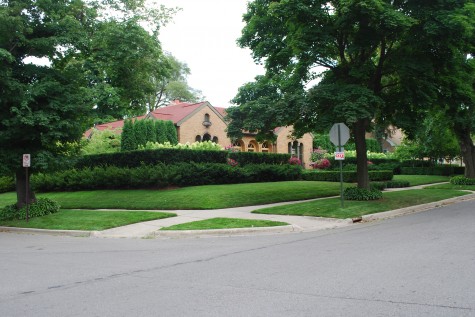The color green has not nearly so much significance to a gardener as living green does. I have never taken the time to record how many different plants I have on my property, but suffice it to say that there are lots. Each of the plants have a certain shade of green associated with them. Taken as a whole, a garden is a green tapestry. Only a fraction of the possible colors of green represent in my garden today. A good portion of the garden is still dormant. My roses, shrubs and trees are bare. The perennials are buried under snow whose crust has frozen solid. My isotoma fluvialitis is entirely brown. What’s to look at? The living green in winter is a certain kind of green we call evergreen. Given that our winter is still holding on in March, this is the perfect time to be thinking about evergreens, and how they endow the winter landscape.
That group of plants that manage to stay green over our winter-not such a big range, but impressive in their delivery. The ability for spruce, douglas fir, white pine, boxwood, and rhododendron to stay green over the winter is an extraordinary story of adaptation. Evergreen trees and shrubs do not shed their needles and leaves at the end of the season. They shed interior needles on species specific schedules during the growing season-but definitely not during the winter. Evergreen trees has evolved such that the individual needles have very little in the way of surface area. Those needles are vastly better adapted to resist the drying from winter winds, and survive without photosynthesis going on, than a big fat juicy leaf of a hydrangea. Hydrangeas, and many other deciduous plants, shed that juicy liability in the fall. The needled and broadleaved evergreens-they tough it out.
My urban property has but one large spruce. I am sure it has been here at least 40 years. Maybe 60 years. This tree is green, winter and summer. The winter green is moody and dark, unlike the summer emerald green. I am never more appreciative of that green than I am right now. I barely notice this tree in the summer. In the winter, I see it coming from blocks away. The evergreens that define my winter garden-I could not be more appreciative.
Yews are needle leaved evergreen shrubs. Their dense and dark forest green needles provide such beautiful structure to a garden. In the spring, the new growth is lime green. In the depths of the winter, the color is almost black. Watching the change in color given the season is to understand how plants deal with stress. A yew floating in much too much water-the needles will be yellow. A yew that dies makes a spectacular issue of that demise. Orange needled yews-I am sure you have seen them. Yews in the thick of enduring the winter-the needles are almost black. The color green teaches, should you be watching.
Evergreens provide a stalwart backdrop in the winter for the snow covered branches, and the wispy tufts and remains of the perennial garden. This black green backdrop of hedged yews brings a magnolia into clear focus. Were this view open to the street, the delicate tracery of the branches and the overall shape of this tree would be lost. Specimen evergreens need ample space around them-appreciative space. Hedging evergreens whose repetition defines spaces help to create winter interest.
Broad leaved evergreens are a glutton for punishment. Rhododendrons feature broad leaves with big surfaces that suffer much more damage than needled evergreens. Those big leaves react to winter weather graphically. Those big leaves are sitting ducks for serious cold and vicious wind. The rhododendron outside my home office window tell me whether the day is cold. In cold weather, rhododendron leaves curl and drop down. In very cold weather, the droopy outline of the leaf is rolled in on itself- much like a pencil. In much the same way as I curl up on a cold day, their curling and dropping mechanism helps protect them from extreme cold. In the picture above, the leaves are hanging, dangling, from the stems. This is a winter profile, generated by adaptation. Once the leaves fan out, I know the temperature has moderated. Rhododendrons prosper far better in warmer zones than mine, but my few plants grace my garden with green all winter.
Boxwood-no other evergreen shrub describes a landscape better. Most of our suppliers winter their boxwood in tunnel houses. How so? A boxwood out of the ground, in a pot, is an evergreen needing protection from the winter. Boxwood in containers require special care, as their roots winter above ground. Lots of water prior to the freeze is a good idea. A wilt pruf spray- not a a bad idea. Evergreens in pots at the front door is a very good winter look.
Boxwood in the ground prospers in my yard. The evergreens, both big and small, both needled and broad leaved, define a landscape both summer and winter.
If a winter season is unavoidable, the evergreens help to make it a little easier to bear. They organize a space when snow has all but obliterated any of the details. Once established, evergreens are long lived, and low maintenance.
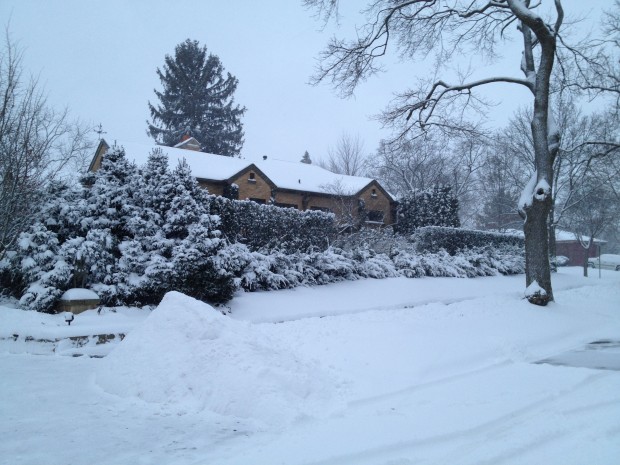 This day would have been ever so much more bleak, without the evergreens.
This day would have been ever so much more bleak, without the evergreens.
